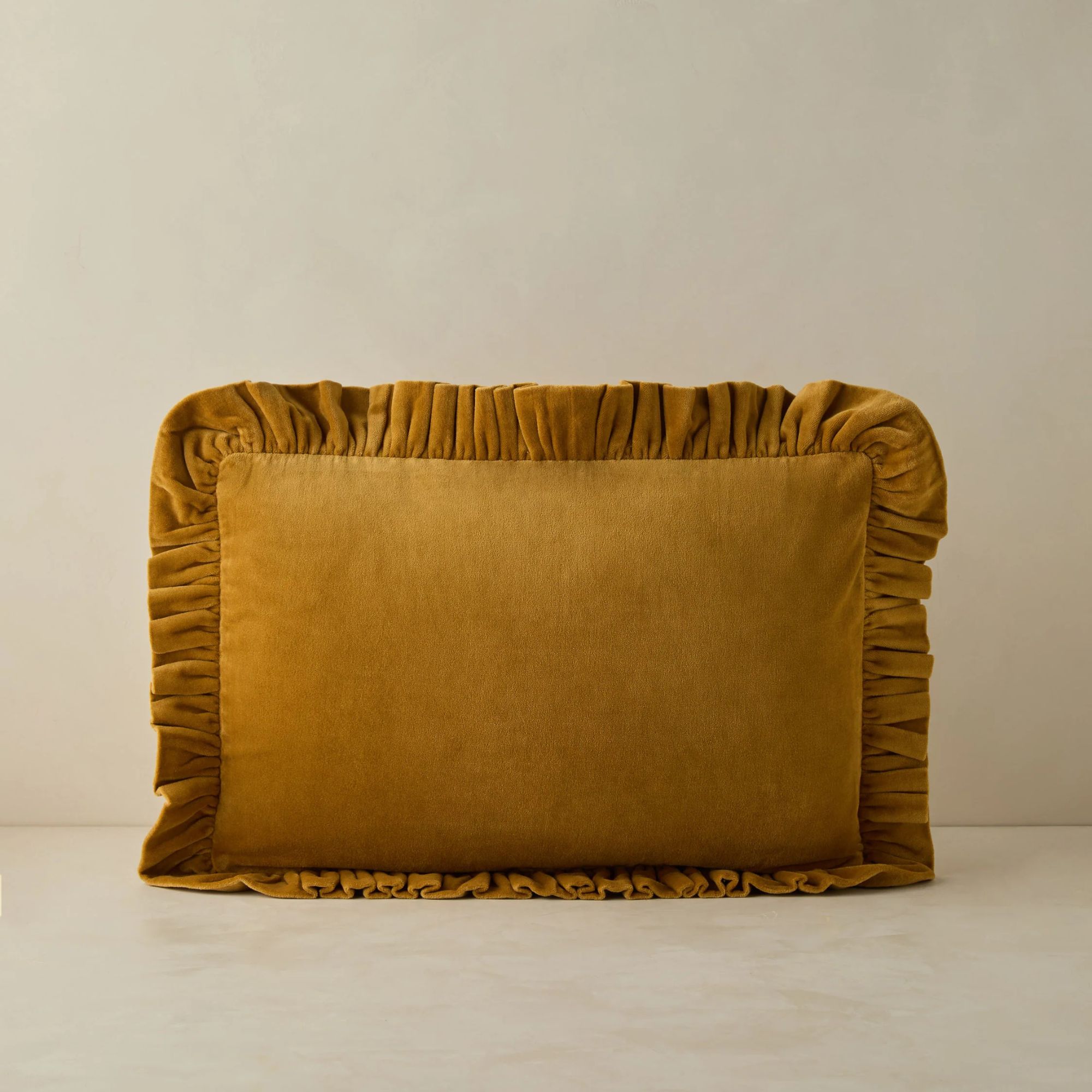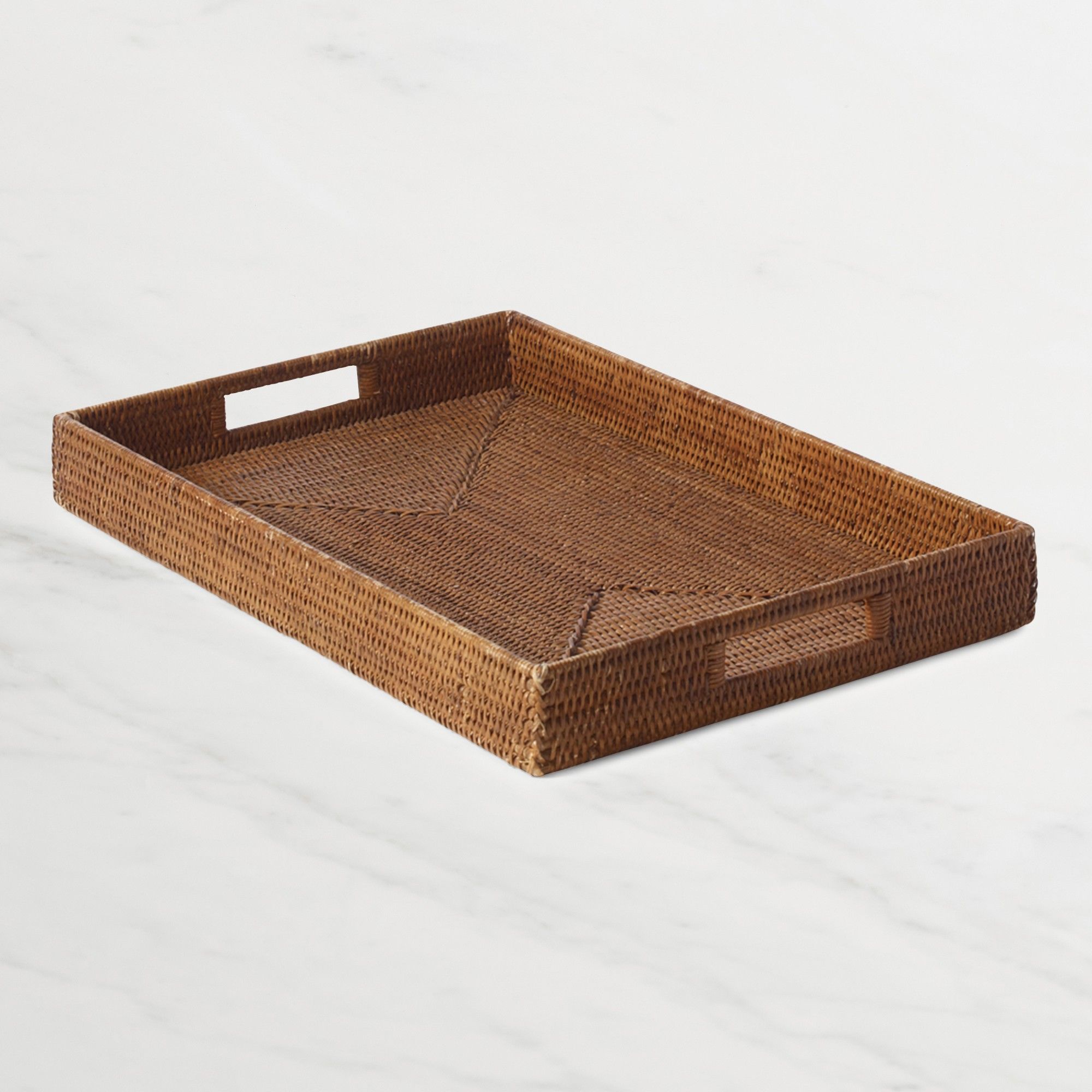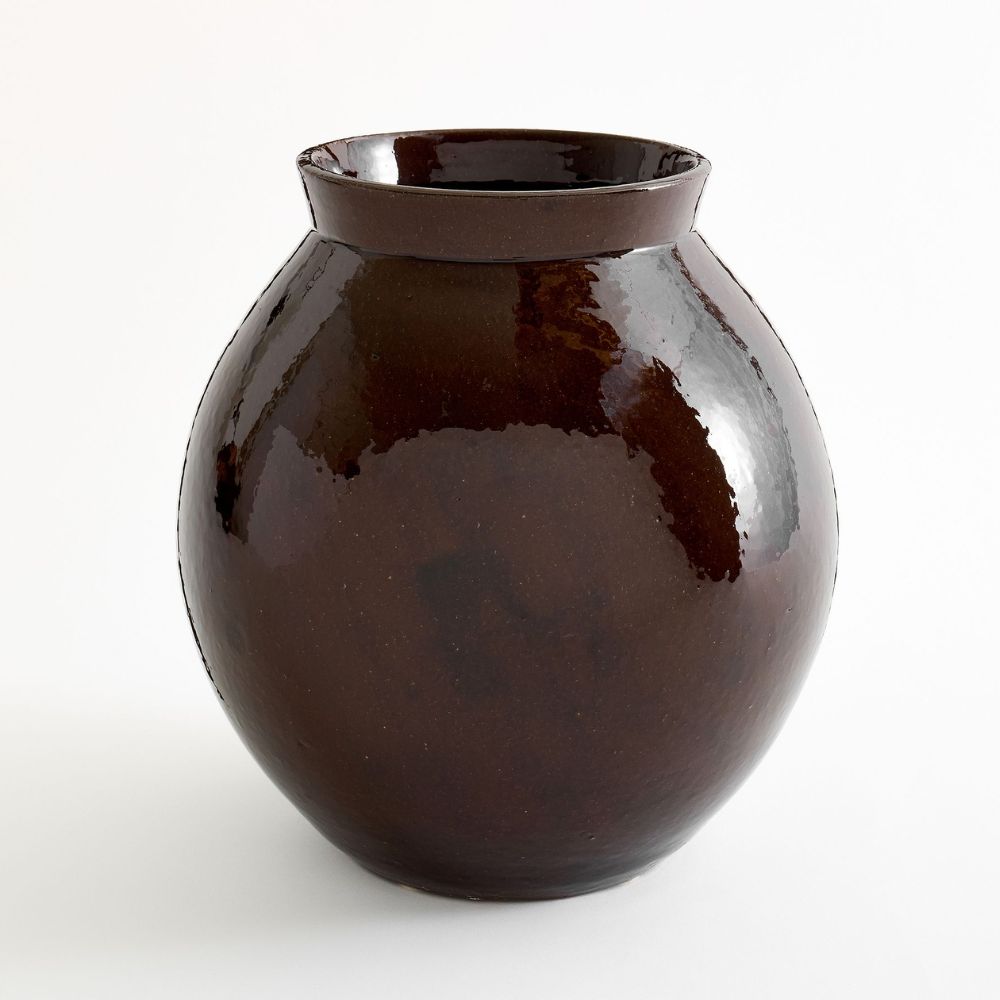'Gray. So much gray. Everything felt like a dentist’s office' – I asked designers what are the most loathed styles of every generation
From baby boomers to Gen Z, I asked interior designers from every generation the styles they hate
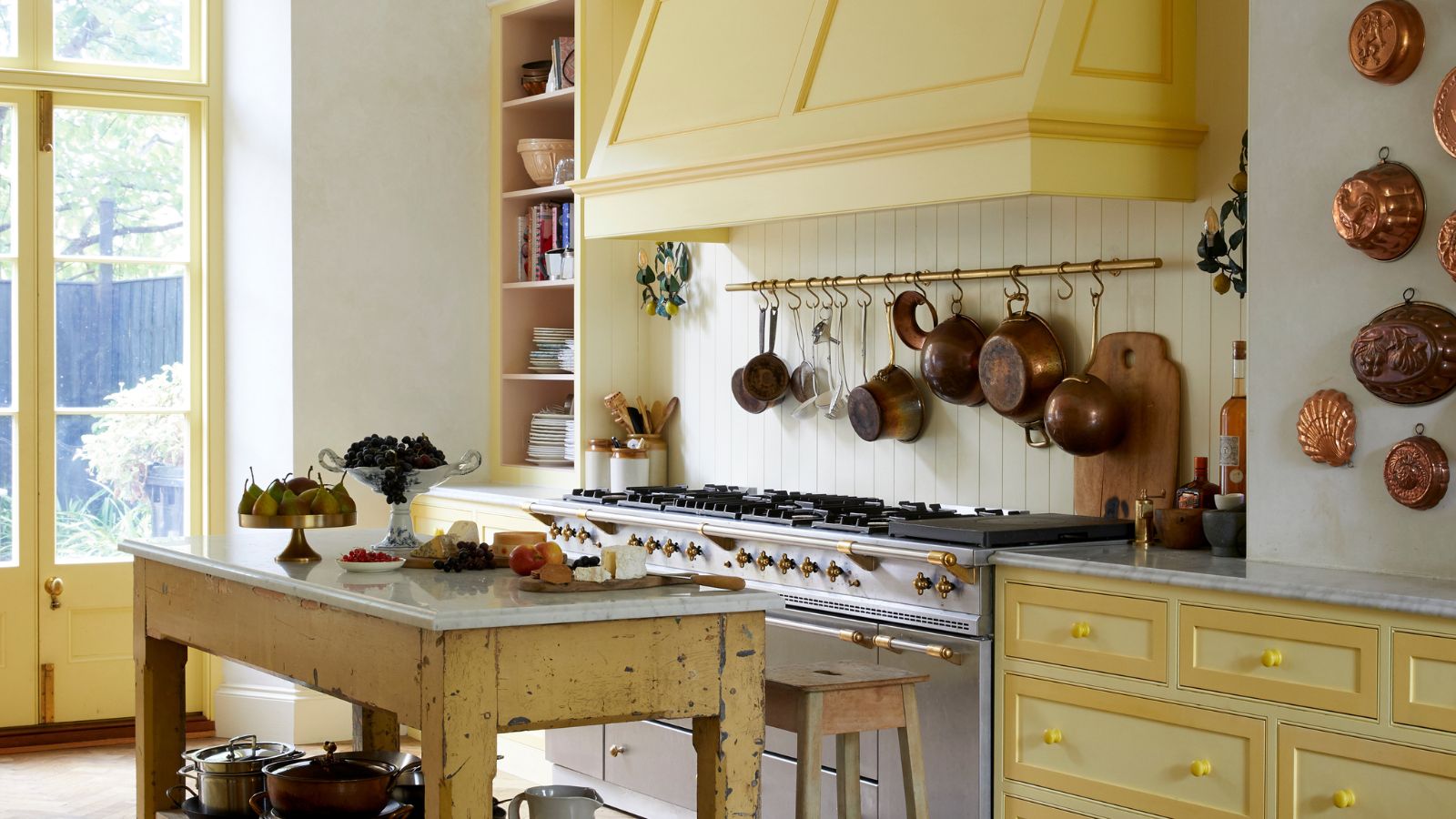

From avocado bathrooms to gray carpets and bulky entertainment sets, I can name a fair few styles that define each generation. At the time, most of these iconic design features seemed original, a fashionable move that felt exciting and innovative. Today, however, some of these distinctive styles feel more like interior design faux pas, sending shudders down the spines of the generations that grew up with them.
Plenty of interior design trends feel like time capsules. Take midcentury modern style homes, for example; they're a shining example of design from the Baby Boomer generation. While many of us love the retro nostalgia of this aesthetic (I think it radiates contemporary coolness), I'm sure many of the Boomers who lived through it are more than over the trend. The cyclical nature of trends probably leaves whole generations thinking 'no, not that again.'
Here, I spoke with interior designers of all ages about what features, decor, and aesthetics they hate from their generation.
1. Baby Boomers (born 1946-1964)

The 'Baby Boomer' generation was a time of advancement in industrial and commercial interior design. Designers took risks with new materials, creating distinctive looks that were the first of their kind.
Liz Williams, Founder and Principal Designer of Liz Williams Interiors, says, 'The baby boomer generation leaned into futurism in design – vinyl furniture, Formica counters, and, of course, TV trays seem to be the things that are not remembered fondly! These elements can feel cold or dated in today’s homes.'
Debbie Mathews LeRoy, Founder and Principal Designer of Debbie Mathews Antiques & Designs, explains her love-hate relationship with the retro style. 'While I’m technically a baby boomer (though on the tail end!), I grew up surrounded by a loud color palette. My parents' decor involved a lot of avocado greens, golds, and rusts. I will never forget our living room shag area rug that was striated in a variety of colors, and my mother literally raking it to make the carpet fibers stand up! We had kitchen appliances in gold, and my grandparents had appliances in avocado green.'
Unlike the midcentury modern teak furniture that defined the era, Debbie is attracted to all things ornate and antique. 'And my furniture couldn't be more different than the mid-century modern pieces that my parents embraced. I prefer continental antique furniture made out of walnut that now has a rich and imperfect patina, with perhaps inlay and carvings that are far from the minimalist pieces my parents gravitated towards.'
Design expertise in your inbox – from inspiring decorating ideas and beautiful celebrity homes to practical gardening advice and shopping round-ups.
She adds, 'It is hard for me to say that I hate the 1960s style that was so prevalent during my early childhood, as I have so many fond memories associated with this style, but I have certainly found my preferences in a softer, more soothing palette embracing history and a more timeless design aesthetic.'
2. Generation X (born 1965-1980)

Similarly to the retro kitsch vibes that defined the latter end of the Baby Boomer period, Generation X embraced all things colorful, loud, and a little garish. Liz was born in this generation and says (like Debbie and many others) she dislikes the 'harvest gold, avocado green, and rust – the appliance colors that set the tone for the rest of the home in the ‘70s. While I like some of these colors on their own, together they are too earthy. Wall-to-wall shag carpet and oversized TV consoles also come to mind as something I don't miss.'
Kitsch kitchen trends dominated this era, including overly bright colors and stark finishes. The seventies were a time when industrial, man-made materials took center stage, so it makes sense that so many designers from this generation avoid such looks. Gretchen Rivera, Principal Designer at Casa Casual studio, was born in this generation and explains that many of these things make a home look dated in 2025. She says, 'I dislike what’s generally called “faux luxury” or “decorative inauthenticity,” a style that imitates rather than originates. I have no patience for what is known as fast furniture – cheap, trendy, and disposable pieces that contribute nothing to a sense of permanence or integrity in a space.'
Gretchen continues, 'A lot of us in Generation X came of age in plastic wood-paneled basements with fake plants and Corinthian Leather upholstered seats, eating microwaved pasta out of stained Tupperware with MTV playing in the background. We saw firsthand how suburban sprawl replaced craftsmanship with convenience, how the malls and model homes of the ‘80s and ‘90s prioritized appearance over substance. We grew up as skeptics in the shadow of mass marketing and learned to spot what was fake from a mile away. The nostalgia of Generation X isn’t for distressed barn wood bought new. It’s for things that earned their look and finish the hard way.'
It seems Generation X has been traumatized by all things fake and inauthentic. Jan Jan Odesanya from Mondän & Co Interiors agrees, saying, 'We were sold the dream of Tuscan kitchens, red feature walls, and espresso-stained everything. Many of us are still living with the fallout – quite literally. My take: We’ve outgrown the drama. These days, it’s all about light oak, quiet tones, and letting the materials speak. No more proving anything with fake columns or heavy granite slabs.'
3. Millennials (born 1981-1996)

Although some 1980s interior design trends have been revived recently, many of the most distinguishable styles of this decade are hated by interior designers who lived through it. It's not just the 1980s that are filled with rookie design mistakes; there are plenty of styles Millennials hate from the succeeding decade, too.
Liz says, 'Most design in the 80s was overdone – elaborate window treatments, massive furniture sets, and bulky entertainment centers. Millennial clients usually want cleaner lines, more airiness, less clutter, and rooms that feel personal but not fussy.'
Interior designer Nicole Casella, from Febal Casa, a leading Italian home design brand, says, 'As a Millennial interior designer, I’ve always gravitated toward spaces that feel intentional, balanced, and connected to personal lifestyle. One of the styles I personally struggle with is overly themed decor – think beach houses filled with seashell everything or rustic spaces overloaded with “farmhouse” signs. It tends to feel forced and often lacks the elegance that makes a home timeless. I believe a home should reflect the people who live there – not just a Pinterest board.'
Although some 1980s colors are making a comeback in 2025, Jan says she's not a fan of the gray that dominated the late 1980s and 1990s. Explaining her dislike towards archetypal 1990s interior design trends, Jan says, 'Gray. So much gray. Floors, sofas, walls – all in that one cool-toned hue that made everything feel like a dentist’s office. My take: The rebellion is underway. I’m seeing a craving for color again – mustard, rust, forest green, anything to bring the warmth back. The “Live Laugh Love” signs are finally coming down, and good riddance.'
4. Generation Z (born 1997-2012)
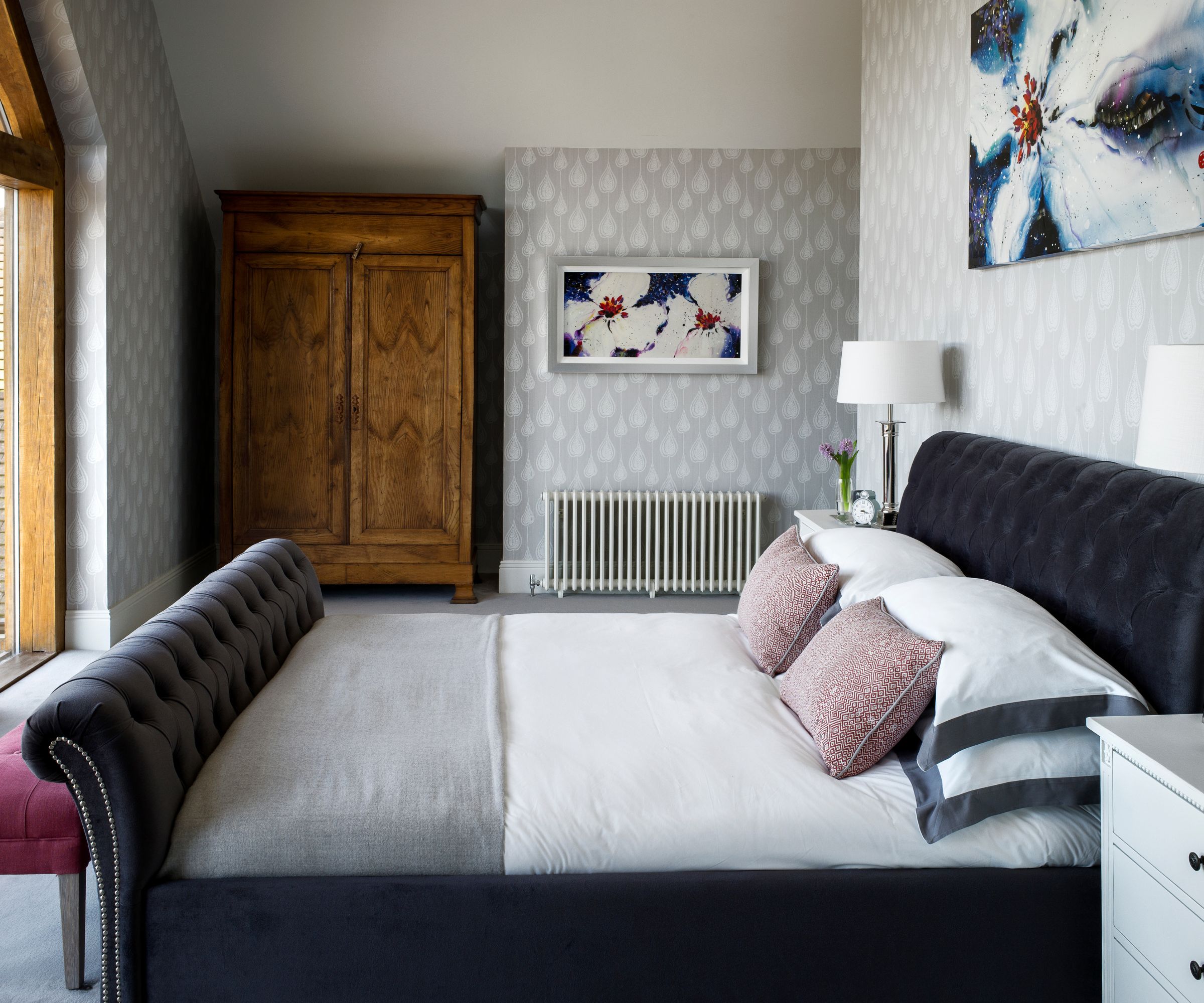
Many 1990s trends creep into Generation Z, so it seems only fitting that many of us (I'm a proud Gen Z member) steer clear of defining styles like gray shades, mirrored surfaces, and anything overly pastiche.
Liz says, 'My children are part of Gen Z, and I’ve noticed some fatigue around the all-gray, farmhouse-everything look. Shiplap walls and barn doors are feeling a little overdone. This group wants more color, individuality, and a bit of vintage charm. They're confident mixing styles and aren’t afraid to take risks.'
Transitional design is all the rage among my generation (myself included) as it embraces all things well-made and eclectic without straying too far into one style. Nicole agrees, saying, 'Millennials and Gen Z clients increasingly dislike “fast furniture” and disposable decor. They prefer investing in fewer, higher-quality pieces with a story behind them – Italian craftsmanship, for example, always resonates.'
Jan says her Gen Z clients are 'Bold. Brave. And occasionally… totally overwhelmed. Their spaces are a mashup of blob mirrors, checkerboard rugs, and neon signs. It’s expressive, sure – but sometimes it’s chaos in disguise. My take: Editing is the new luxury. A well-designed space shouldn’t feel like an algorithm. You don’t need to reference every micro-trend to prove you’ve got taste.'
There are so many interior design styles that have defined the past four generations. While retro colors and industrial materials dominated the middle of the 20th century, pastiche rustic-style looks dominated the latter half. Despite many of these distinct styles serving as examples of what not to do, the past 80 years of interior design has been an ever-evolving journey that showcases the endless possibilities of creativity and curation.

I am the Interior Design News Editor at Homes and Gardens, covering mainly US-based designers and trending news stories. My love for interiors began when I interned in an interior design studio, working on commercial and private spaces. My passion grew while working in production, where I sourced beautiful locations for photoshoots and campaigns. Outside of work, I enjoy collecting antique decor and mid-century furniture for my home.
You must confirm your public display name before commenting
Please logout and then login again, you will then be prompted to enter your display name.






